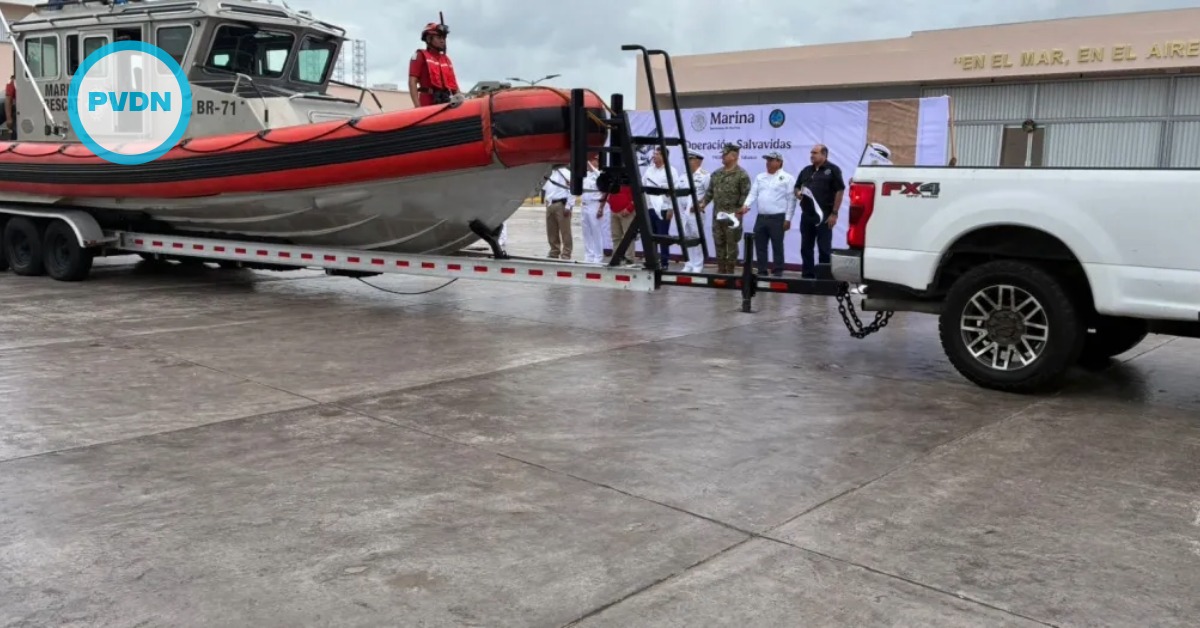On barren ranch land just south of the Texas border, where road signs are pockmarked with bullet holes, a small group of foreign oil and gas companies is looking for the future.
Conditions are difficult — some companies have resorted to paying protection money to drug cartels that control the area _ and results from test wells have been limited. But as Mexico prepares to open its oil and gas fields to exploration by foreign companies for the first time in seven decades, expectations are high.
“I think all the stars are in alignment this time,” Ray L. Hunt, chief executive . . .





